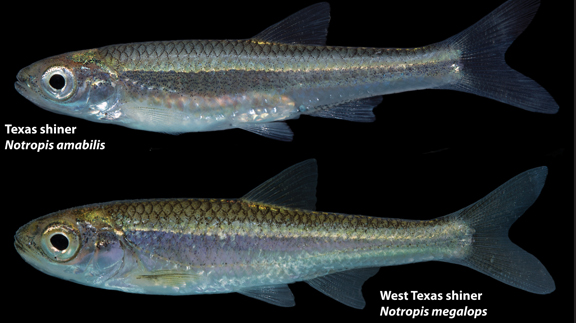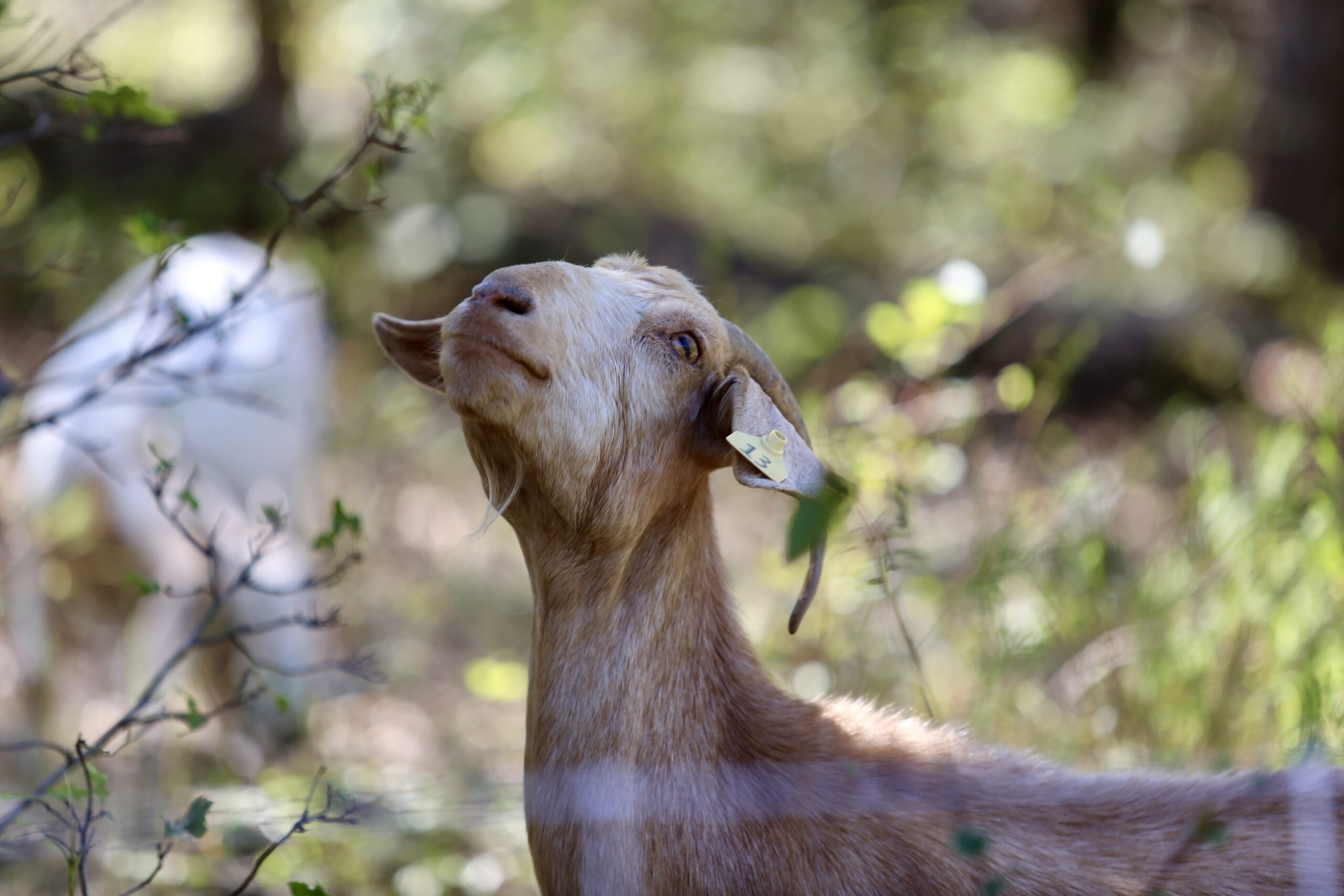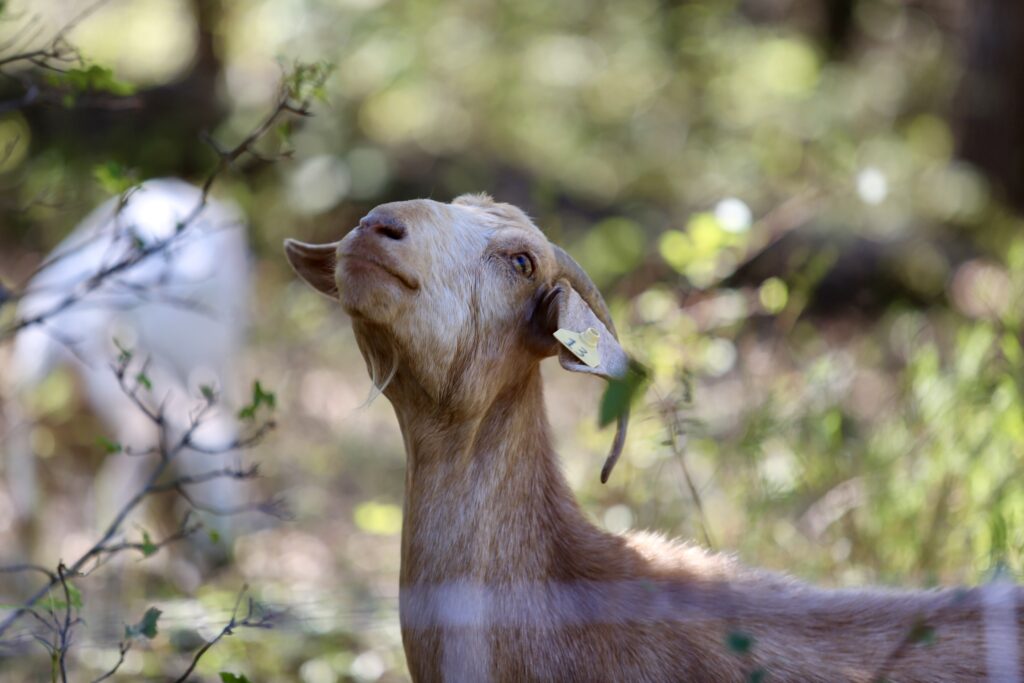HOME
[AgriLife Today] ‘Forgotten’ fish turns up in West Texas

By: Steve Byrns
Minnow rediscovered by AgriLife scientists
Writer: Steve Byrns, 325-653-4576, [email protected]
Contact: Dr. Kevin Conway, 979-845-2620, [email protected]
COLLEGE STATION – With no more “swimmable” water than thirsty West Texas has, it’s hard to imagine a fish, even a minnow-sized fish could remain “missing” for more than a century. But due to a case of mistaken identity, such is the case, said a Texas A&M AgriLife Research scientist.
Dr. Kevin Conway, AgriLife Research wildlife and fisheries scientist, College Station, and Daemin Kim, a former graduate student of Conway’s now at Ewha Womans University, Seoul, South Korea, collaborated on the paper “Redescription of the Texas shiner Notropis amabilis from the southwestern U.S. and northern Mexico with the reinstatement of N. megalops.”
The paper was published in the journal Ichthyological Exploration of Freshwaters, verlag.de/04biol/pdf/ief26_4_03.pdf .
“Notropis megalops, the scientific name of the newly discovered fish, is a new species for Texas, though it’s not ‘really’ a new species,” said Conway, the paper’s lead author. “Charles Frederic Girard, an early day scientist who documented many new species, beat us to the find in 1856, but Girard’s discovery has been dismissed since the 1860s.”
Conway said Girard described many new species of fish, amphibians and reptiles from the southwestern and central U.S., with most collected during the U.S. and Mexican boundary surveys between 1853-1855. But Conway said some of his contemporaries thought Girard was a bit “careless,” saying he sometimes described the same species more than once, which may have led to the current confusion.
“So I guess you could say we have discovered an ‘old-but-new’ minnow way out in West Texas where nobody expected to find anything new, especially a fish,” Conway said. “Though we can’t give this species a new scientific name, we are proposing the common name of West Texas shiner, though the species is also found in adjacent parts of Mexico.”
Conway said their paper documents the rediscovery of the minnow and the confusion surrounding it. That confusion arose because another minnow, the Texas shiner or Notropis amabilis, and the rediscovered minnow were thought to be one and the same, so it was not recognized as a valid separate species.
But based on Conway’s and Kim’s detailed study using genetics and morphology, they have shown that Notropis megalops and Notropis amabilis are in fact two very different fish and are valid but separate species.
“They do look a lot alike, thus the confusion,” Conway said. “But they do not interbreed, and they are actually not even closely related, although they were considered to be the same thing for the last 120 years or so.
“Unlike the Texas shiner, which is common in Central Texas, the West Texas shiner is restricted entirely to the Rio Grande drainage, has a fragmented distribution and has low levels of genetic diversity,” Conway said. “As such, it is already being considered a conservation priority by state agencies.”
So what restrictions does the minnow’s newfound status place on landowners along the minnows’ haunts? Not to worry, said an expert on the topic.
Dr. Gary Garrett, former Texas Parks and Wildlife Department director of watershed conservation and now research scientist at the Texas Natural History Collections, University of Texas at Austin, had this to add about the West Texas shiner:
“The Texas Parks and Wildlife Department maintains a list of species that are in need of conservation efforts, officially called Species of Greatest Conservation Need. Although there are no regulatory actions associated with the listing, it does call attention to impending problems and provides incentives for research and conservation.”
Garrett said the distribution of the West Texas shiner is similar to many other fish that have already been recognized as imperiled such as manantial roundnose minnow, Devils River minnow, Tamaulipas shiner, Rio Grande shiner, longlip jumprock, Mexican redhorse, spotfin gambusia, blotched gambusia, Conchos pupfish, Rio Grande largemouth bass and Rio Grande darter.
“All Texans should be concerned when beautiful and previously pristine habitats are in decline and portions of our state’s natural resources are at risk of being lost,” he said.
“Finding this minnow just goes to show that we still don’t know everything about the fauna that we share our state with,” Conway said. “Discoveries or rediscoveries can still be made, justifying the need for continuing research in the rivers and streams of Texas.”
-30-
LikeTweet
Find more stories, photos, videos and audio at http://today.agrilife.org
HOME
Goats Get To Work

One of my professors out at Texas Tech University always told us that we aren’t just raising cattle, we’re raising grass, because without grass there is no cattle business. The same applies to most livestock species and crops we seek to raise- without good land management, no good yield can grow.
To read more, pick up a copy of the November edition of North Texas Farm & Ranch magazine, available digitally and in print. To subscribe by mail, call 940-872-5922.

Farm & Ranch
Acorn Toxicity

By Barry Whitworth, DVM, MPH
With the prolonged drought, most pastures in Oklahoma end up in poor condition. With the lack of available forage, animals may go in search of alternative foods.
If oak trees are in the pastures, acorns may be a favorite meal for some livestock in the fall. This may result in oak poisoning.
Oak leaves, twigs, buds, and acorns may be toxic to some animals when consumed.
To read more, pick up a copy of the November edition of North Texas Farm & Ranch magazine, available digitally and in print. To subscribe by mail, call 940-872-5922.

Farm & Ranch
Silver Bluestems

By: Tony Dean
There are a handful of grasses on North Texas grazing lands ranchers need to know, not because they are highly desirable, but rather because they are not of much value. I call them “decom” plants, which is am acronym for “Don’t Ever Count On Me.” Silver bluestem is a “decom” grass.
Silver bluestem is a perennial which grows in all areas of Texas. It can survive in almost all soil types, and in full sun conditions or in semi shade. It grows up to three feet tall and is easily recognized with the presence of the white fuzzy seed head. Also, one of the identifying characteristics of Silver bluestem is a bend in the stems at each node, causing the plants to take on a rounded shape as they mature.
To read more, pick up a copy of the November edition of North Texas Farm & Ranch magazine, available digitally and in print. To subscribe by mail, call 940-872-5922.

-

 Country Lifestyles2 years ago
Country Lifestyles2 years agoScott & Stacey Schumacher: A Growth Mindset
-

 Country Lifestyles8 years ago
Country Lifestyles8 years agoStyle Your Profile – What your style cowboy hat says about you and new trends in 2017
-

 HOME8 years ago
HOME8 years agoGrazing North Texas – Wilman Lovegrass
-

 Equine1 year ago
Equine1 year agoThe Will to Win
-

 Country Lifestyles5 years ago
Country Lifestyles5 years agoAmber Crawford, Breakaway Roper
-

 Outdoor9 years ago
Outdoor9 years agoButtercup or Primrose?
-

 Country Lifestyles8 years ago
Country Lifestyles8 years agoJune 2016 Profile – The man behind the mic: Bob Tallman
-

 Country Lifestyles8 years ago
Country Lifestyles8 years agoDecember 2016 Profile, Rusty Riddle – The Riddle Way




